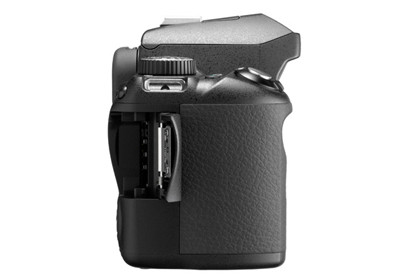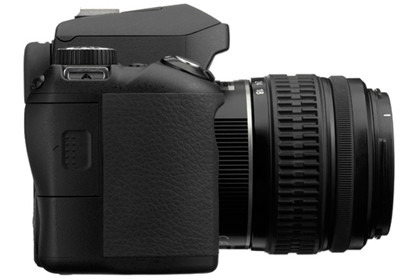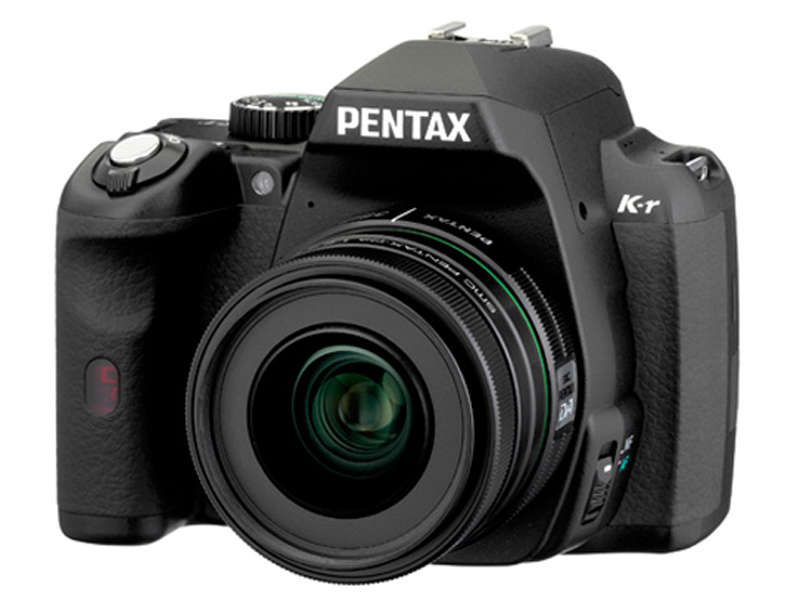Why you can trust TechRadar

The Pentax K-r AF system has been upgraded compared to the Pentax K-x, and the new SAFOX IX system didn't steer us wrong in testing. You still get 11 autofocus points overall, including nine cross-type sensors clustered in the middle of the frame.
This compares favourably, say, to the Nikon D5000 or Canon EOS 550D's single central cross-type points – though opting to manually select the AF point with these cameras isn't at the expense of the ability to select the white balance setting.
As with virtually all live view enabled DSLRs (with a few notable exceptions from Sony), framing shots on the LCD switches to contrast detection AF unless the feed is interrupted. Our experience was broadly positive, though, with lens acquiring a subject reasonably quickly even in contrast detect mode and low lighting conditions.
The monitor itself is what we'd have dubbed large 18 months ago, but is now merely par for the course. The 3-inch diagonal means there's plenty of space for checking focus, while the 921,000-dot resolution means there's more detail visible and the menus look more defined than they do on the Pentax K-x.

That said, the menu system still lacks a little sophistication compared to that of Canon and Nikon competitors. It all makes sense and can be navigated with reasonable speed, but it's a tad basic in terms of its design.
Of more importance – and disappointment – is the Pentax K-r HD video mode. Full HD video mode is becoming more commonplace in DSLRs and it is rather a shame that Pentax isn't keeping pace with the frontrunners.
Canon has offered 1080p on the EOS 550D since it was announced in February this 2010, and Nikon is in the process of updating its range to include H.264, 1080p recording with the likes of the D3100 and D7000. Either is a notch ahead of the Pentax K-r, which offers the less competent, Motion-JPEG format, while its resolution is capped at 720p.
You maintain a reasonable level of control while recording, with the aperture value available, and two stops of exposure compensation either side of normal. The ability to record up to 25 minutes or 4GB of footage makes time lapse possible, and quality is generally good, but the jump to H.264 would be welcome. Another indication that Pentax intends the K-r body only as a stills camera first and foremost is the omission of a separate microphone jack.
Current page: Pentax K-r: Controls and features
Prev Page Pentax K-r: Build quality and handling Next Page Pentax K-r: Image qualityDave is a professional photographer whose work has appeared everywhere from National Geographic to the Guardian. Along the way he’s been commissioned to shoot zoo animals, luxury tech, the occasional car, countless headshots and the Northern Lights. As a videographer he’s filmed gorillas, talking heads, corporate events and the occasional penguin. He loves a good gadget but his favourite bit of kit (at the moment) is a Canon EOS T80 35mm film camera he picked up on eBay for £18.
